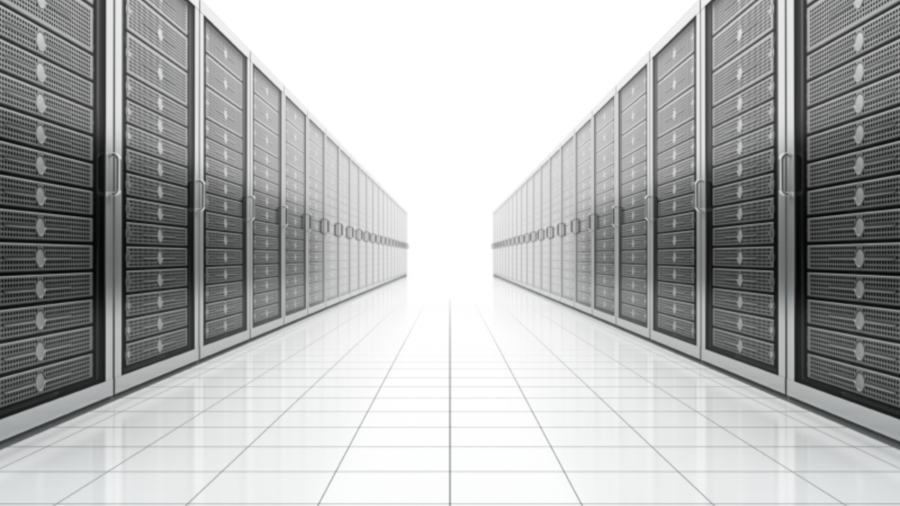Beware the data centre behind your cloud
Check connectivity, power, security

Clouds of the digital variety are great for increasing competitive edge, making cost savings and reducing the strain on Capex, but they don't offer much in the way of silver linings when your vital applications and emails suddenly stop working.
Out of nowhere, chaos reigns all around. While a few minutes of unplanned downtime may be okay, several hours or days will be catastrophic.
Looking at the statistics it's a case of when, not if, your cloud fails. Even the big name providers such as Amazon, Google and Microsoft aren't immune as recent events have shown.
Consider too the havoc caused by Hurricane Sandy with floods and power outages leading to IT systems knocked out not just locally but globally.
Is everything covered?
You may believe you have everything covered. No doubt you will have pinned your cloud providers down to tight service level agreements and they will have impressed with all the remote 24/7 systems monitoring they can do so that any IT problems can be quickly nipped in the bud.
Fair enough, but there are still the fundamental risks associated with cloud computing to consider.
Ultimately your cloud resides in data centres which may be located literally anywhere – just down the road, on the other side of the country, in another country altogether. Unfortunately some of these aren't particularly secure or efficient and even the most diligent cloud provider cannot predict or prevent the consequences of data centre downtime caused by power outages, storm damage or security breaches.
Are you a pro? Subscribe to our newsletter
Sign up to the TechRadar Pro newsletter to get all the top news, opinion, features and guidance your business needs to succeed!
On top of this, the majority of cloud providers are often reliant on third party data centres they don't actually own. But at the end of the day it will still be your company's reputation and profitability on the line following a 'cloud burst'.
Healthcheck
To mitigate these risks, you need to know what's behind your cloud - not just who's providing it: who owns the data centres, where they are located, which of your applications they are hosting.
Ask your cloud provider for a data centre healthcheck including the following areas:
1. Resilience and Disaster Recovery
Ensure sufficient back-up systems and fail-safe measures in place? 'Tier 3' category data centres should be used as a minimum
2. Security
For mitigating risks of downtime from natural disasters or terrorism, see they are located well away from flood plains, large urban areas, flight paths
3. Power
There needs to be plenty available, and ideally, supply should come directly from the grid which ensures reliable delivery and dramatically reduces outages caused by spikes and surges
4. Connectivity
A choice of carrier networks will ensure continuity in the event of failure. These must offer sufficient bandwidth for your provider to efficiently deliver the applications concerned
5. Location
Data centre location will impact the cloud provider's price to you and is influenced by cost of real estate, labour, power supply. Compare prices against similar providers using other data centre locations
6. Access to data
Check there's a legal agreement in place should your cloud provider or their data centre partner go into administration. An escrow agreement will ensure you have legal access to retrieving your data.
- Simon Taylor is co-founder and Chairman Next Generation Data, owner and operator of Europe's largest data centre, NGD Europe. Previously he was with Toshiba, Cable & Wireless and Interoute Products, which he founded in 1995.











